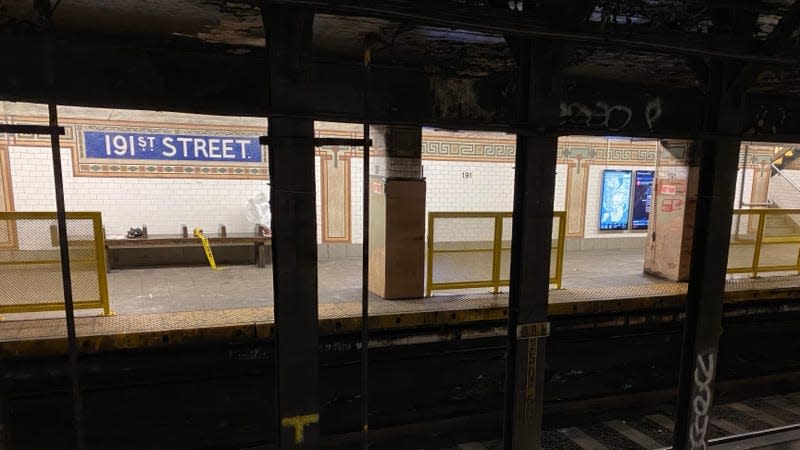These Half Gates Tell The Whole Story On How Seriously The NY Subway Takes Safety

The New York City Metropolitan Transportation Authority (MTA) is finally doing something about subway riders falling or being pushed onto the tracks. The subway operator is trialing platform barriers with the hopes that it will be expanded systemwide. However, the garish-yellow steel barrier wasn’t the solution that most commuters had in mind; that was the brainchild of the accountants.
The MTA installed platform barriers at the 191st Street station in Washington Heights last weekend. It’s the first of four stations for the pilot safety program. The program didn’t cost the transit agency any additional funding because everything needed was pulled from existing maintenance resources. Regarding the installation, the MTA posted on social media, “Your safety is our highest priority, and we’re committed to reducing track intrusions and increasing safety. Thanks for riding with us.”
Read more
Subway systems in other major cities, like London and Tokyo, utilize floor-to-ceiling platform barriers with sliding doors. According to NY1, the MTA can’t adopt similar features in its stations because the platforms are too narrow, and its fleet has different car models with different door placements.
The agency conducted a feasibility study in 2017 which found that only 41 of the subway system’s 472 stations could accommodate platform screen doors today. The number of compatible stations would jump up to 128 if the MTA had a uniform fleet. It would cost $7.01 billion to install screen doors at every compatible station. The study found the MTA could save $500 million by using half-height automated gates.
The estimated cost might seem steep, but the MTA has already spent $700,000 on a divisive pilot program for new fare gates. The agency hoped to find a method of cracking down on its $690 million fare evasion problem. However, the gates have proven to be even easier to circumvent. Viral videos show riders simply piggybacking other passengers paying or exploiting the exit sensor to open the gates.
NYC’s new subway gates aren’t working to stop farebeating, but MTA defends pilot program. @nbcnewyork video shows 5 people run through the same gate after one rider paid. @andrewsiff4NY full story below #nbc #nbcnews #nyc #queens #mta #subway https://t.co/cfELExhXVo pic.twitter.com/N8YhSnC3Sc
— Jesse Hamilton (@JesseJHamilton) January 4, 2024
It’s clear that the New York City Subway needs to modernize to have a chance of balancing the agency’s budget. However, the MTA seemed to be more preoccupied with plugging revenue holes first before fixing its service and improving safety.
More from Jalopnik
Masters Of The Air review: A brutal, beautiful World War II miniseries
'Stupid Waste of Time': Sounds Like Subway's Expensive Automatic Meat Slicers Are a Bust
Tyreek Hill denies divorce filing despite it being public record
Ohio State is buying the best team NIL can get. It better pay off
Sign up for Jalopnik's Newsletter. For the latest news, Facebook, Twitter and Instagram.

 Yahoo Autos
Yahoo Autos 